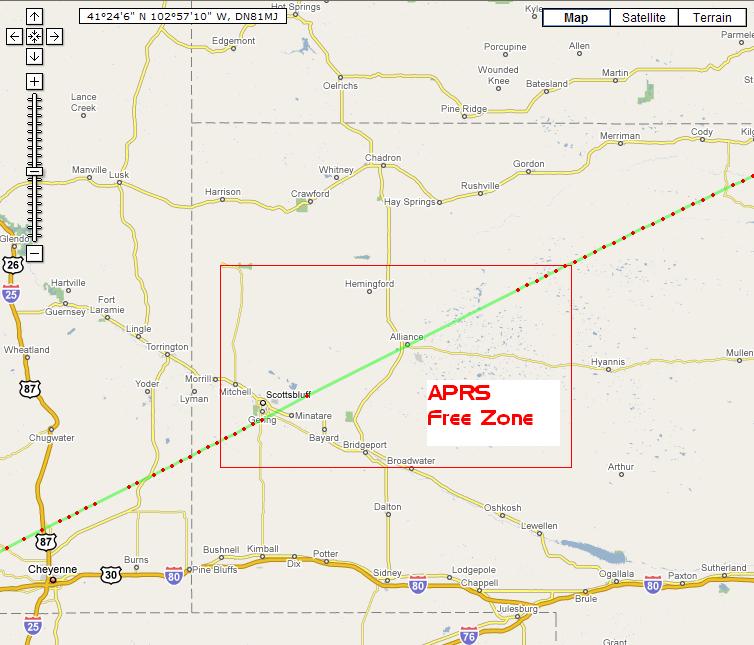petehowell
Well Known Member
How about we post known holes in APRS coverage and document with APRS.fi pics where possible. I know transmit power, antenna, sunspots and other things affect coverage, but I think we can get a good idea of bad spots. We might even be able to get someone to install a digi for us.
I'll start - Western Nebraska

I'll start - Western Nebraska




